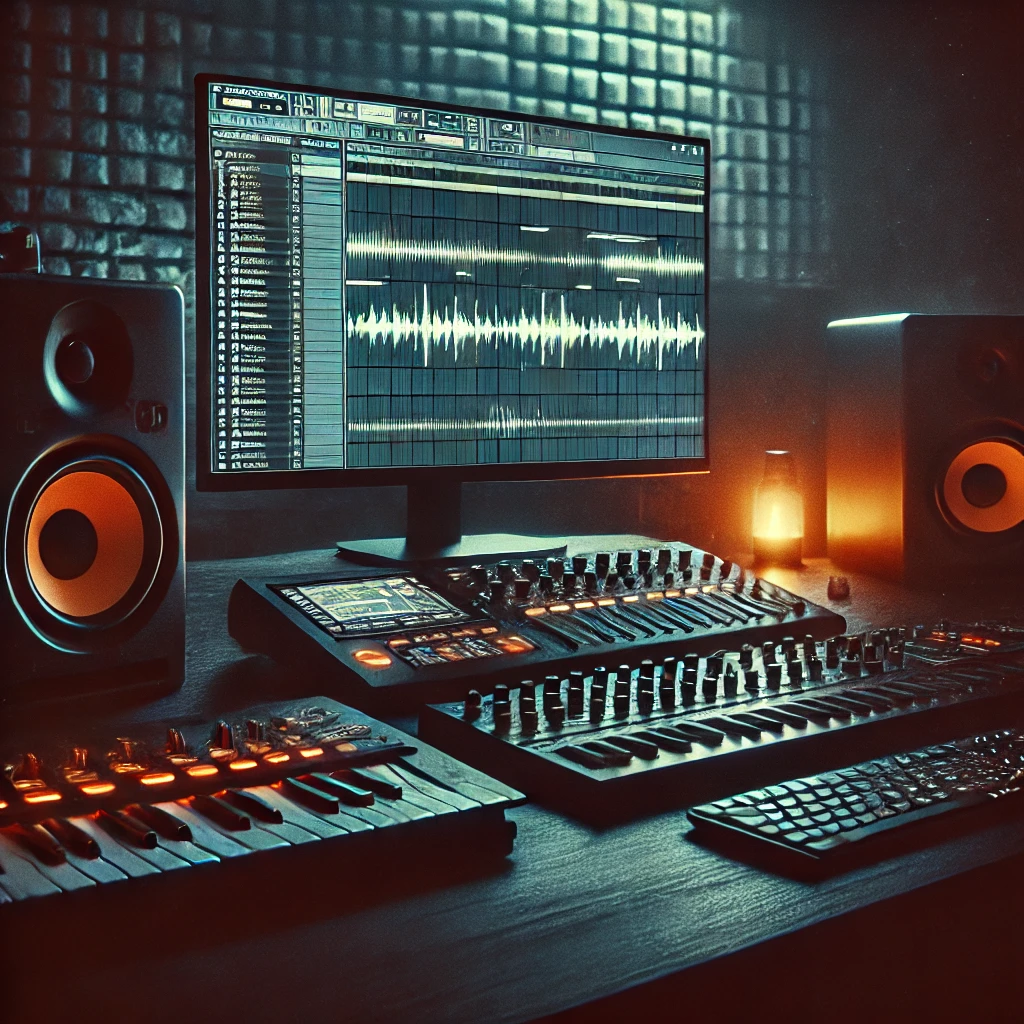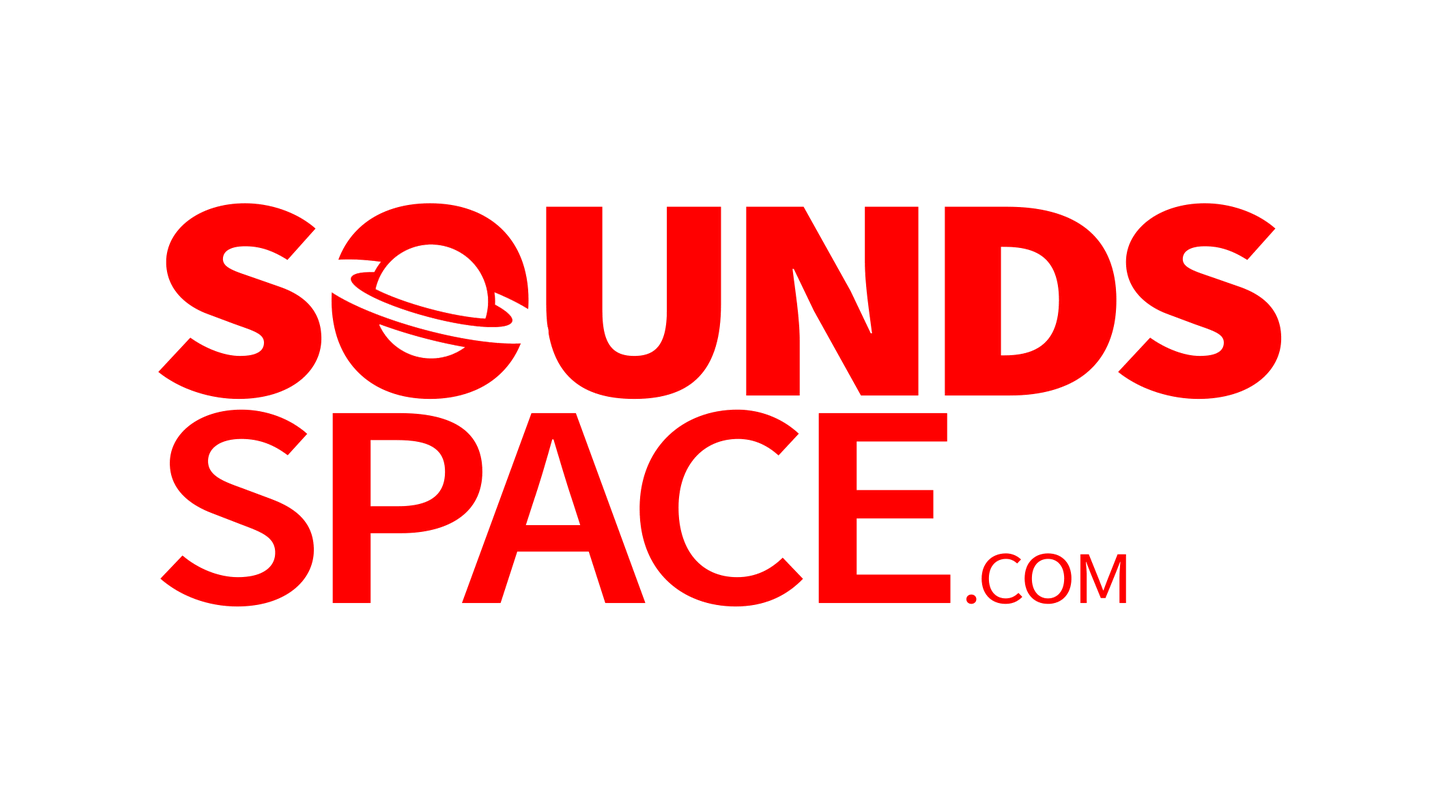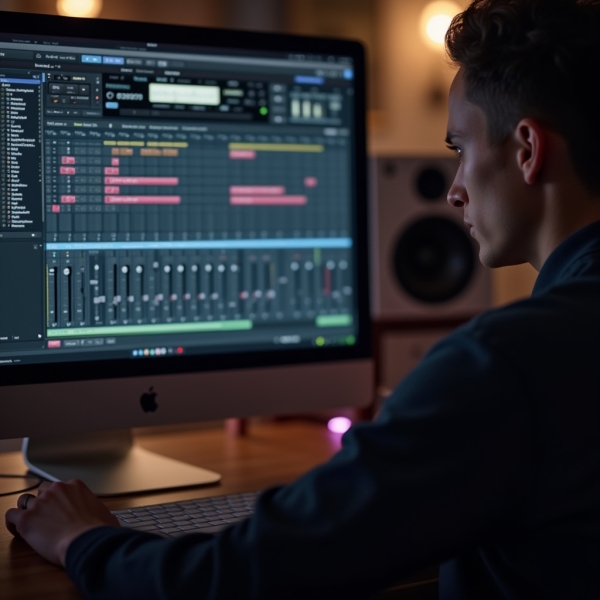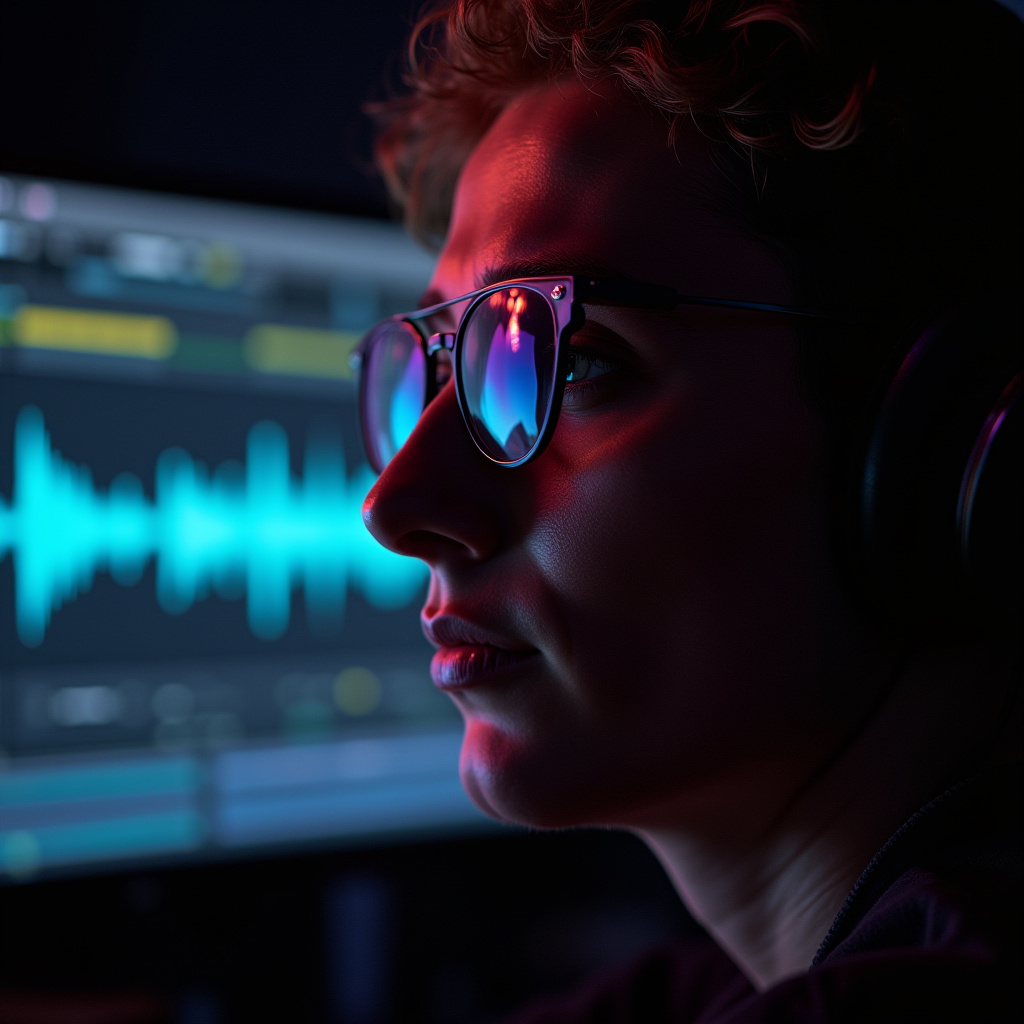The Types of Reverb for Different Purposes in Music Production
Reverb (short for reverberation) is one of the most essential tools in music production. It adds depth, space, and a sense of realism to sounds, making them feel natural and immersive. Different types of reverb serve distinct purposes, and understanding their characteristics helps producers craft the perfect mix. In this article, we will explore the main types of reverb and their best applications in music production.
1. Hall Reverb
Hall reverb is designed to simulate the acoustics of large concert halls, typically featuring long decay times and lush, expansive reflections. It is often used to create a sense of grandeur and depth.
Best Applications:
- Orchestral and cinematic music to mimic the acoustics of a concert hall.
- Vocals that need a warm, expansive sound.
- Pads and atmospheric synths to add depth and emotion.
Example Usage: A ballad with soaring vocals and orchestral elements benefits from hall reverb to create a spacious and immersive sound.
2. Room Reverb
Room reverb emulates the sound of small to medium-sized spaces, providing a more subtle and intimate ambiance compared to hall reverb. It has shorter decay times and tighter reflections.
Best Applications:
- Drums and percussion to add natural liveliness.
- Acoustic instruments such as guitars and pianos for a realistic feel.
- Vocals in genres requiring closeness and presence, such as folk and indie music.
Example Usage: A singer-songwriter track with acoustic guitar and vocals uses room reverb to keep the sound warm and organic.
3. Plate Reverb
Plate reverb is an artificial reverb that utilizes a metal plate to generate reflections. It has a smooth and dense sound, often used in studio recordings.
Best Applications:
- Vocals to add sustain and smoothness without overpowering.
- Snare drums to enhance presence and snap.
- Electric guitars in rock and blues for a rich, vintage feel.
Example Usage: A classic rock track with a crunchy electric guitar and a punchy snare drum benefits from plate reverb to create a vintage studio sound.
4. Spring Reverb
Spring reverb uses metal springs to create reflections. It has a distinctive, metallic sound and is commonly found in guitar amplifiers and vintage recording equipment.
Best Applications:
- Electric guitars in surf rock, blues, and reggae for a twangy effect.
- Vintage-style recordings needing an old-school vibe.
- Experimental and lo-fi music for unique textures.
Example Usage: A reggae rhythm guitar with spring reverb creates the classic ‘dub’ sound associated with the genre.
5. Chamber Reverb
Chamber reverb is created by recording sound in a specially designed chamber with reflective walls. It produces a warm, natural reverb with a balanced decay time.
Best Applications:
- Vocals needing a rich, classic sound.
- Strings and woodwinds in orchestral recordings.
- Piano tracks for a lush, full-bodied resonance.
Example Usage: A jazz ballad with soft vocals and grand piano uses chamber reverb to create a warm and vintage aesthetic.
6. Cathedral Reverb
Cathedral reverb simulates the acoustics of large churches and cathedrals, characterized by long decay times and deep, ethereal reflections.
Best Applications:
- Choir and choral arrangements for a majestic, heavenly atmosphere.
- Ambient and drone music to create vast soundscapes.
- Organ recordings to replicate a church setting.
Example Usage: A Gregorian chant recording benefits from cathedral reverb to achieve an authentic and sacred ambiance.
7. Gated Reverb
Gated reverb involves applying a noise gate to cut off the reverb tail suddenly. It became popular in the 1980s, especially on drums.
Best Applications:
- Snare drums in pop and rock to create a punchy, powerful sound.
- Synth stabs in electronic and synthwave music.
- Drum machines and electronic beats for a retro aesthetic.
Example Usage: An ’ '80s-style pop song uses gated reverb on the snare drum for a dramatic and punchy effect.
8. Reverse Reverb
Reverse reverb involves flipping the reverb tail so it builds up before the original sound. This effect is often used for transitions and eerie atmospheres.

Best Applications:
- Vocals in electronic and experimental music for a mysterious intro.
- Sound design in film and video games for dramatic effects.
- Ambient and psychedelic music to create otherworldly textures.
Example Usage: A dark, atmospheric track uses reverse reverb on vocals to create an eerie and haunting build-up before the lyrics start.
9. Convolution Reverb
Convolution reverb uses impulse responses (IRs) from real-world spaces to create highly realistic reverberation. It can accurately replicate famous studios, concert halls, and even unique environments.
Best Applications:
- Film scoring to place sounds in realistic spaces.
- Classical music recordings for true-to-life ambiance.
- Sound design requiring environmental authenticity.
Example Usage: A film soundtrack applies convolution reverb to a dialogue track to match the acoustics of a specific location.
Choosing the Right Reverb for Your Mix
Selecting the right reverb depends on the genre, instrumentation, and emotional impact you want to achieve. Here are some general guidelines:
- Use hall or cathedral reverb for orchestral and cinematic pieces.
- Use room reverb for natural-sounding acoustic recordings.
- Use plate reverb for smooth and dense vocal textures.
- Use spring reverb for vintage electric guitar tones.
- Use gated reverb for punchy drums in rock and pop.
- Use convolution reverb for ultra-realistic spaces in sound design.
Conclusion
Reverb is an indispensable tool in music production, shaping the spatial and emotional qualities of a track. By understanding the different types of reverb and their applications, producers can enhance their mixes with depth, character, and authenticity. Whether you're crafting lush soundscapes, tightening up a drum mix, or adding warmth to vocals, choosing the right reverb makes all the difference.



